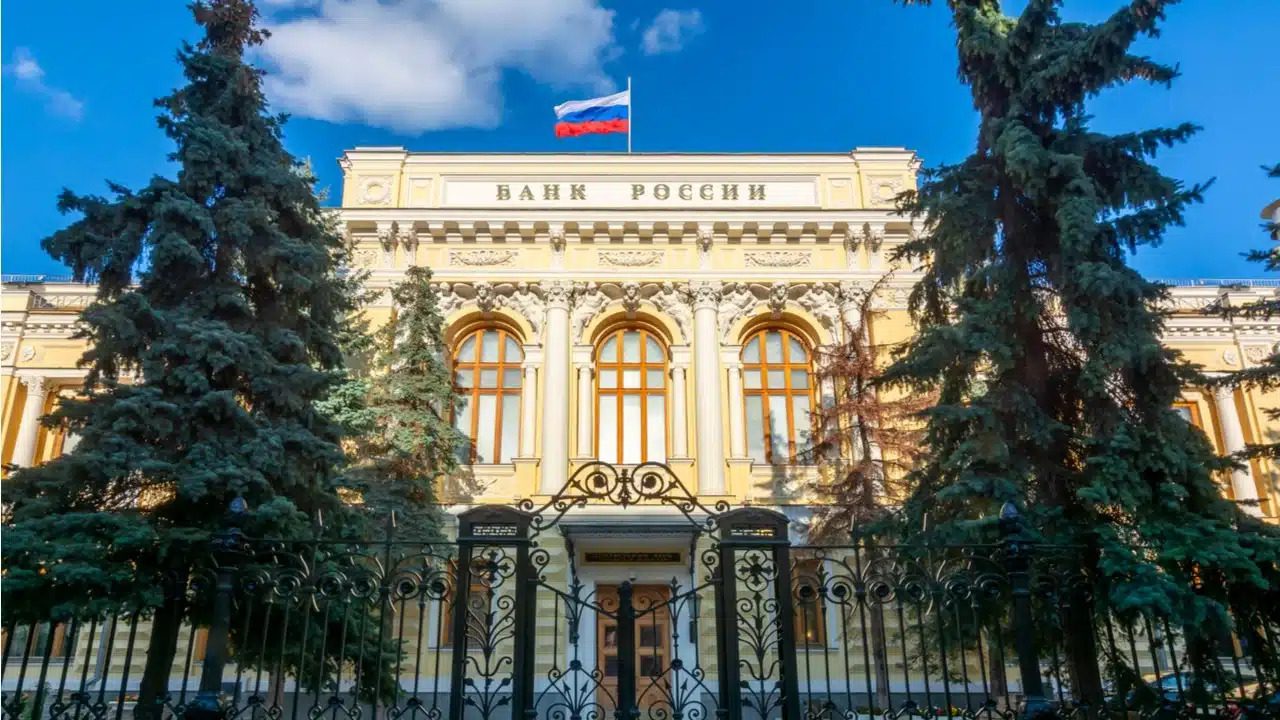The Bank of Russia has announced that financial institutions are now allowed to offer qualified investors financial securities whose value is tied to cryptocurrency prices, but under strict conditions.
The central bank emphasized that these products must be non-deliverable, meaning investors cannot receive actual cryptocurrencies as part of the transactions. The decision was outlined in an official Information Letter published on May 28 as a measure to integrate crypto exposure into Russia’s regulated financial markets while maintaining the central bank’s caution toward direct cryptocurrency investments.
The Central Bank of Russia reaffirmed its position on cryptocurrency
Under the new guidelines, Russian credit institutions can issue derivatives, securities, and digital financial assets linked to crypto price fluctuations—but only for qualified investors. The bank has urged financial firms to adopt a conservative risk assessment approach, requiring full capital coverage for such instruments and imposing strict limits (e.g., no more than 1% of a bank’s capital).
“The Bank of Russia plans to formalise a conservative approach to the regulation of credit institutions’ risks associated with fluctuations in cryptocurrency prices within the year,” the statement noted.
The cautious reflects the central bank’s persistent warnings about the volatility and speculative nature of cryptocurrencies. “The Bank of Russia keeps on warning financial institutions and their clients against investing directly in cryptocurrencies,” the announcement reiterated.
For now, crypto-linked financial products are permitted, but direct cryptocurrency transactions remain heavily restricted. Meanwhile, the Russian government is currently reviewing a proposal from the Bank of Russia to introduce an experimental legal regime that would allow investors to buy and sell actual cryptocurrencies under strict conditions.
First proposed in March 2025, this three-year pilot program would limit participation to exceptionally qualified investors with at least ₽100 million ($1.1 million) in investments and ₽50 million ($555,000) in annual income, as well as corporate entities meeting high financial thresholds.
“The introduction of the experimental legal regime is aimed at improving transparency of the cryptocurrency market, setting standards for providing services in this market, and expanding investment opportunities for sophisticated investors with higher risk appetites,” the Bank of Russia stated in March.
However, the central bank remains firm in its position that cryptocurrencies should not be used as a means of payment. The proposed regime would also ban cryptocurrency settlements between Russian residents outside the pilot program, with penalties for violations.
Why the mixed signals?
The Bank of Russia’s dual approach—allowing crypto-linked investments while restricting direct exposure—highlights its balancing act between financial innovation and risk control.
By permitting derivatives and structured products tied to crypto prices, regulators are enabling institutional and high-net-worth investors to gain exposure without directly holding volatile assets. On the other hand, the proposed test regime for direct crypto transactions suggests a gradual, controlled exploration of the market.
The Bank of Russia plans to finalize capital requirements for banks dealing with crypto-linked instruments later this year. Meanwhile, the fate of the experimental regime for direct crypto trading rests with the government, which is expected to make a decision in the coming months.














